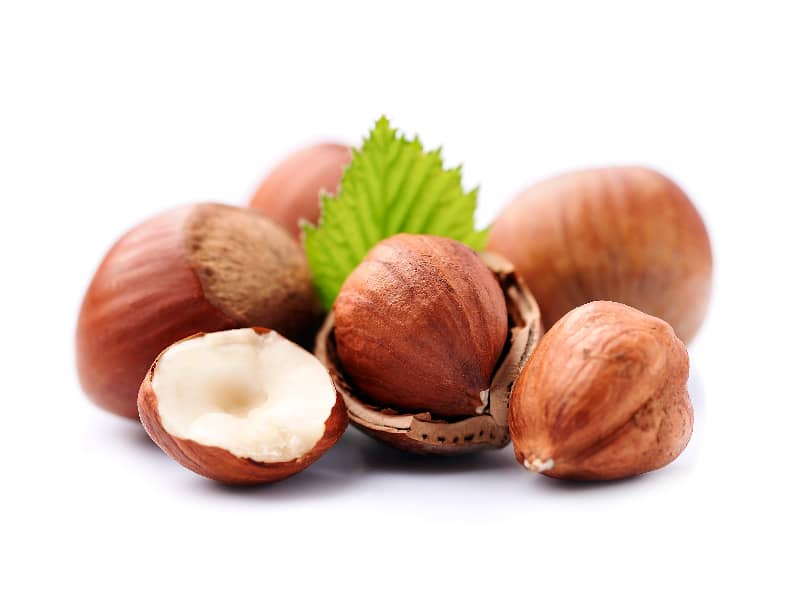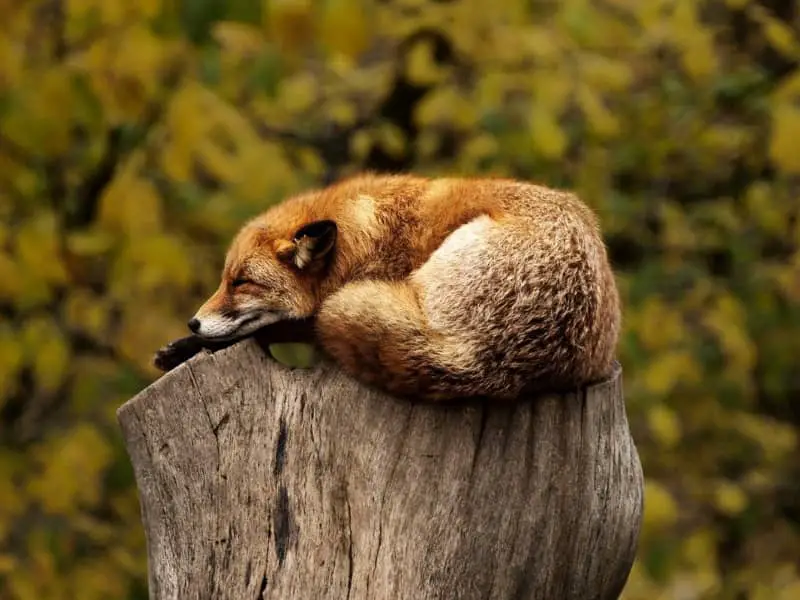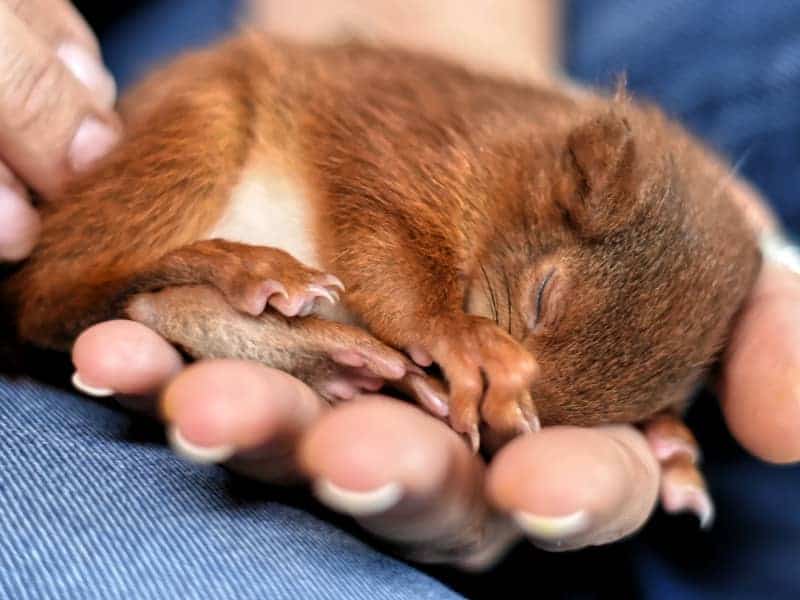
What animals eat hazelnuts?
Hazelnuts are a real delicacy not only for us humans. Numerous animals have also discovered this crunchy little nut for themselves. But which animals are they exactly? In this article, we go on an exciting voyage of discovery and take a look at which animal species include hazelnuts in their diet.
Squirrels: The acrobats of the forest
Squirrels are probably the first animals that come to mind when we think of hazelnuts. And for good reason. The nimble climbers are known to collect hazelnuts to stock up for the winter. But how do squirrels find these nuts?
Squirrels have an excellent sense of smell and can even detect nuts under a layer of foliage or soil. When they find a nut, they use their sharp teeth to crack the shell and get to the tasty contents.
Mice and hazelnuts
But squirrels are not the only big fans of hazelnuts. Various species of mice, such as the wood mouse or the yellow-necked mouse, are also known to consume hazelnuts. Mice, like squirrels, have an excellent sense of smell. They often collect hazelnuts and store them in their burrows. In doing so, they are very thorough: they often take several nuts at once, then store them safely in their lair.
Birds: A flying delight
Some birds also have a fondness for hazelnuts. Woodpeckers, especially the great spotted woodpecker, use their powerful beaks as tools to crack hazelnuts. They often wedge the nut between bark cracks and peck at it until they reach the delicious inside. Likewise, magpies and crows are known to feast on hazelnuts.
Not only are they smart birds, but they are also true opportunists, taking advantage of every opportunity to get food.
Wild boars: Hazelnuts for the omnivores
Perhaps surprisingly for some: Wild boars also like to snack on hazelnuts. These omnivores rummage through the forest floor with their powerful snouts in search of anything edible, including hazelnuts. The hard shell is no obstacle for the wild boar's robust teeth.
Thus, they integrate hazelnuts into their varied diet and benefit from the nutrients they contain.
Insects and hazelnuts
Not only larger animals love hazelnuts. Various types of insects, such as the hazelnut borer, also like to feast on the nuts. This particular beetle lays its eggs in the still unripe hazelnuts. The larvae that hatch from them then feed on the still soft inside of the nut.
Although these insects are often considered pests, they play an important role in the ecosystem and contribute to the natural regulation of hazelnut populations.
Red foxes: Sophisticated foragers
Although red foxes are generally considered carnivores, they are actually omnivores. They adapt their diet to the availability of food in their environment. In addition to small mammals, birds and insects, they also eat fruits, berries and yes, hazelnuts. The high fat content of the nut provides the fox with a valuable source of energy, especially during times when prey is scarce.

Badgers: night owls with a preference for hazelnuts
The badger is another inhabitant of our forests that loves to feast on hazelnuts. This nocturnal animal is native to many parts of Europe and has a varied diet, ranging from insects to small mammals to plant material. Badgers are often observed cracking hazelnuts and eating the nutritious kernel.
Deer and stags: vegetarians with taste
Although it may sound surprising, deer and elk can also eat hazelnuts. While young shoots and leaves make up the bulk of their diet, they have been known to occasionally eat nuts and berries when they find them on the ground. Hazelnuts provide an additional source of energy for these animals.
Rats: Adaptable survivors
Rats are known to adapt to almost any available food source. They often live near human settlements and benefit from the waste we leave behind. But in more natural environments, such as forests, they also readily consume natural food sources, including hazelnuts.
Why do so many different animals eat hazelnuts?
Here comes a question you might ask yourself: If so many different animals eat hazelnuts, what makes this nut so special? Aside from their high fat and protein value, hazelnuts also provide minerals and vitamins that are valuable to many animals. For some they are easy to find and collect, for others they provide a welcome change to their regular diet.
It is impressive how a single food can attract so many different animals, from insects to large mammals. It shows once again the importance of biodiversity and how everything in nature is interconnected.
Author

-
Garden animal - A life with nature
Welcome to my animal blog! My name is Dirk and I am happy to take you on my journey through the fascinating world of animals and gardening.
Born 54 years ago, I have had an insatiable curiosity for the animal world around me since childhood. Although I have moved professionally in other industries, my true passion has always been animals and nature. It is remarkable how a small garden has become such an important part of my life.
Many of my fondest memories are associated with the animals that share our home. Whether it's the curious squirrels that scurry across the trees in the morning, the colorful variety of birds that visit our feeders, or the busy bees and butterflies that pollinate our flowers, every moment with them is invaluable to me.
This blog is my contribution to share my experiences, discoveries and insights with like-minded people. Here I will share stories of unforgettable encounters with animals, give tips on gardening and creating wildlife-friendly habitats, and take you on my journeys through nature.
Thank you so much for being here!
Cordial,
Dirk aka garden animal
Last posts
- 27. February 2024PetsVeganes Hundefutter – Grün und Gesund?
- 18. January 2024ChickensOregano für Hühner
- November 27, 2023HamsterDiurnal hamsters
- November 24, 2023HamsterHamster hammock

